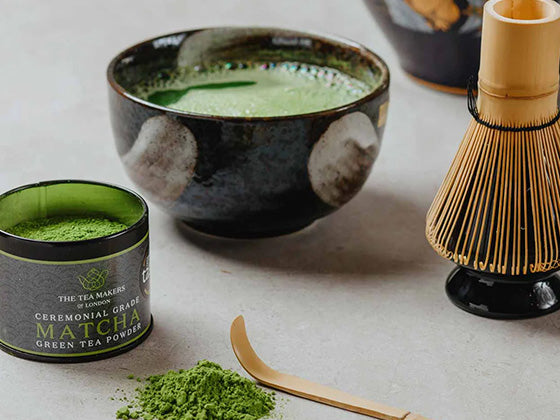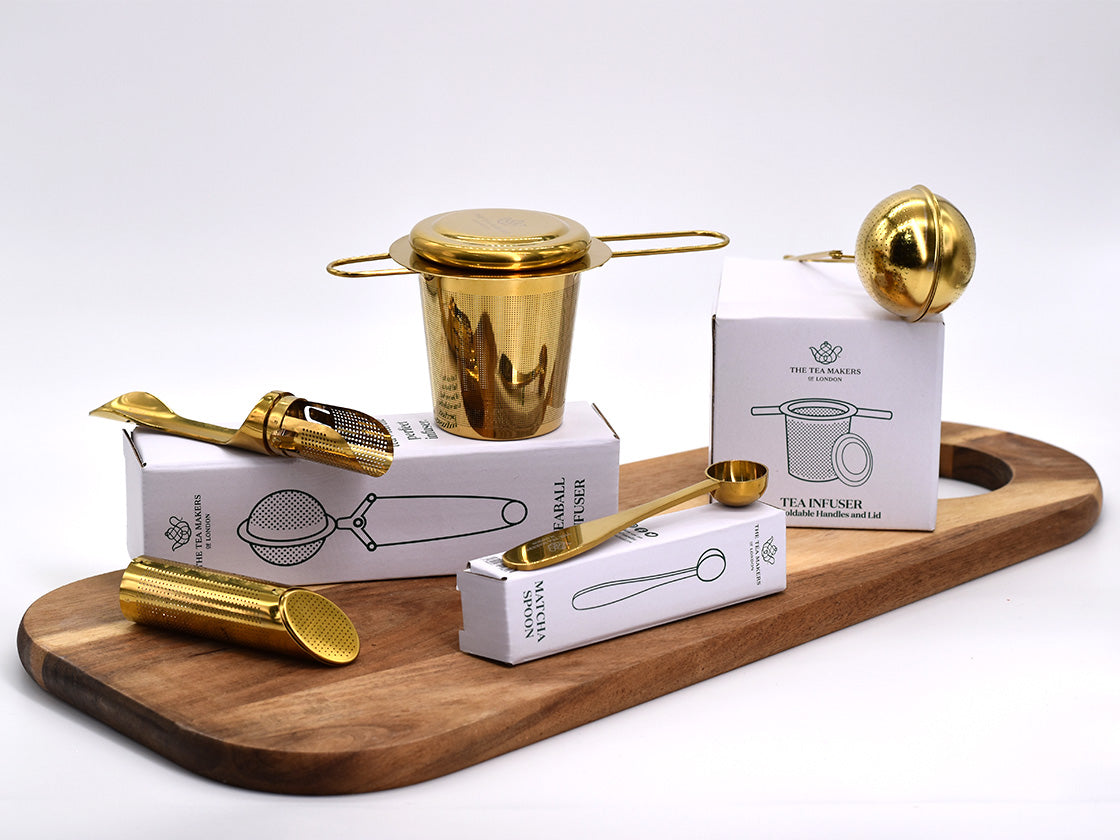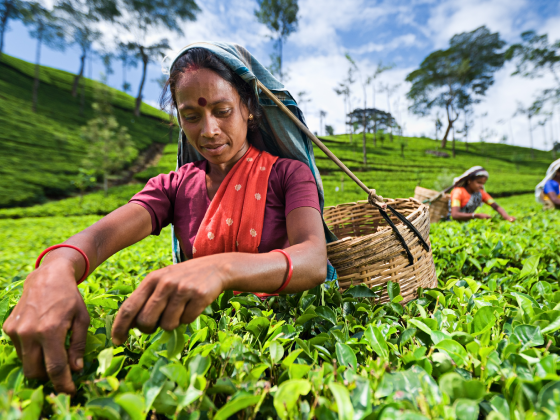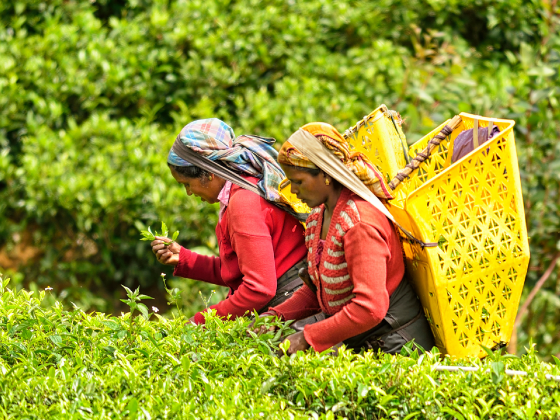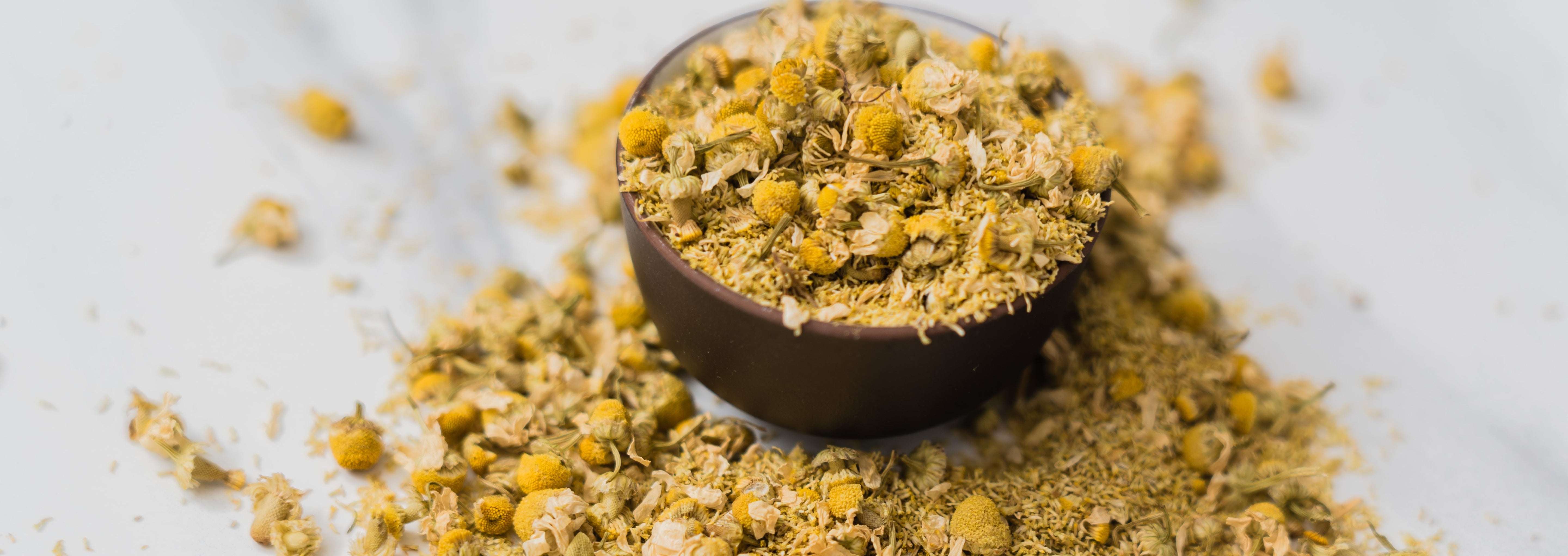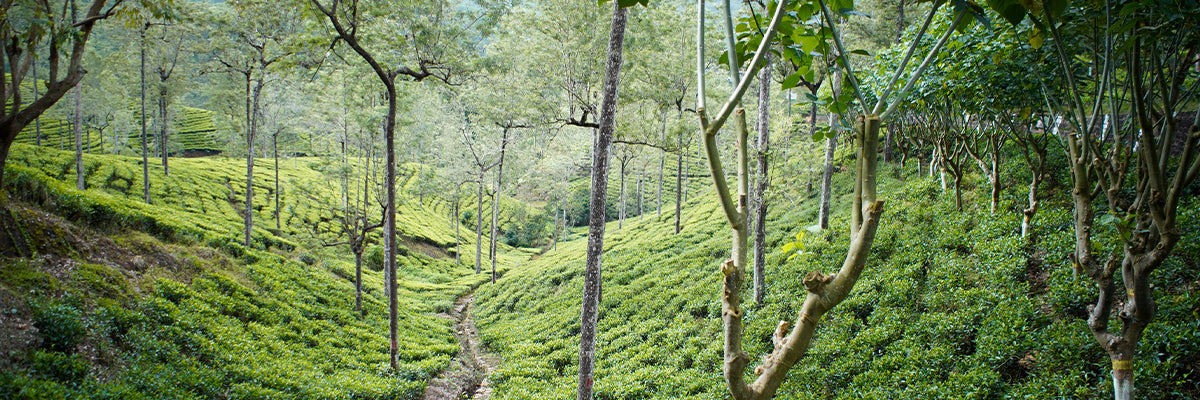The Glenburn Tea Estate is located in Darjeeling, which is a fascinating tea-growing region. The same tea bush produces four different flavour profiles in a year, even if the manufacturing process remains the same. The aroma and flavour of tea are determined by a mix of various biochemical compounds found in the plant, and this composition appears to vary from season to season.

The Terroir
In 2004, WIPO (World Intellectual Property Organization) conferred a Geographical Indication (GI) status for Darjeeling Tea which recognized it as a unique product that is inextricably linked to the terroir of the region where it is grown.
Distinctly produced by only 87 tea estates, including Glenburn Tea Estate, the term 'terroir' refers to the unique relationship between a plant and its immediate environment. In Darjeeling, this is shaped by the distinct soil, topography, latitude, altitude, and climate of the region. Its exceptional flavour and aroma have garnered it a worldwide reputation, earning it the moniker, the Champagne of Teas.
The Tea Estate
All of these Darjeeling tea estates are located on the eastern side of the majestic Himalayas of India, between 600 and 2000 meters above sea level. Glenburn is one of these estates and is fortunate to have direct views of Mount Kanchenjunga, the third-highest mountain in the world. Spanning across 1000 acres of private forest, Glenburn is home to eight picturesque tea picker villages and two sparkling rivers, with diverse flora and fauna.
The Tea Community
The region contains a vibrant tea-plucking community, which has roots dating back to the mid-19th century when their ancestors migrated from Nepal to assist the British in establishing the original tea estates. At Glenburn, the intangible cultural heritage of these individuals and their contributions to the tea industry is deeply appreciated and celebrated.

Yearly Tea Process
During the year, the tea bushes go through different stages of growth, resulting in unique flavours for each season. In March, the First Flush is harvested, which has a delicate, floral flavour with a pleasant astringency.
As we move into the summer months of May and June, the tea gains a deeper, earthy flavour that is famously described as muscatel.
During the monsoon season, they experience the highest production with the strongest flavour. It's the only time you could add a drop of milk to your Glenburn cup!
Finally, in November, the Autumn Crescendo gives that one last burst of flavour before the tea bushes return to hibernation. At this latitude, the onset of winter means there are not enough daylight hours to allow for any more growth. The tea bushes require a critical amount of light and rainfall to produce new shoots for harvesting.
This is challenging during the winter months when days are considerably shorter due to the earth's 23-degree tilt and location at 23 degrees north of the equator.
Darjeeling Taste Profile
Ever wondered about the unique flavour profile of Darjeeling tea? Interestingly, this flavour profile is directly linked to the region where it is grown.
Scientists explain that the intensity and quality of sunlight found at the specific elevation of Darjeeling causes the synthesis of a distinct aroma resulting in flavoured glycosades that are not present in teas grown in lower regions or other parts of the world.
In addition, Darjeeling teas are found to contain higher antioxidants compared to teas grown at lower elevations.
Our Glenburn White Moonshine
Glenburn Moonshine Tea offered by The Tea Makers Of London, is a lovely early Spring tea, consisting of the very first delicate shoots of the new season, typically harvested from late February to early March.

Its process is similar to that of a First Flush tea but with minimal fermentation, resulting in a sweet, delicate, and refined cup that is light and bright, with lovely citrus notes - truly encapsulating Darjeeling Springtime in a cup!
Learn more about our Glenburn White Moonshine!
